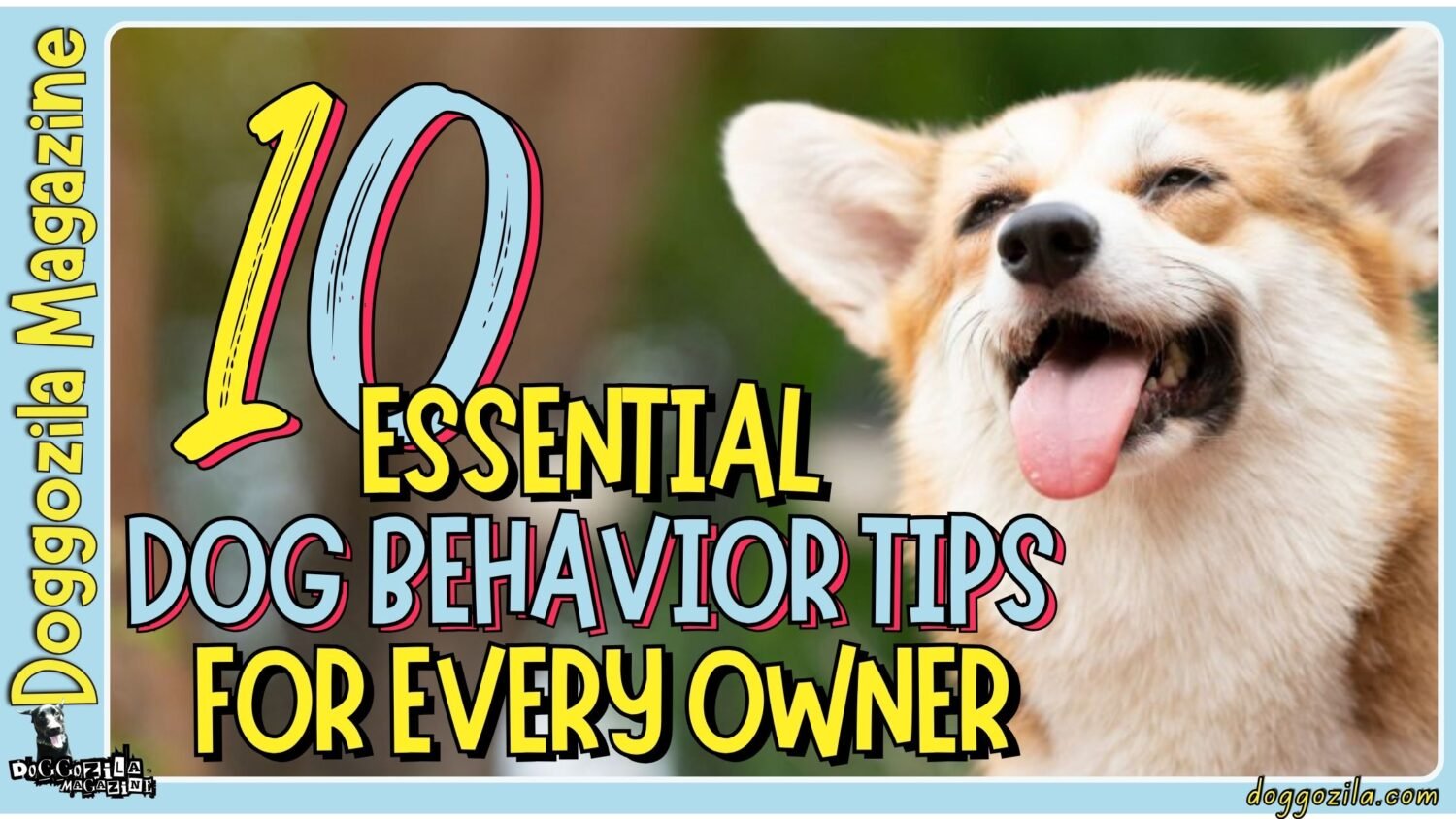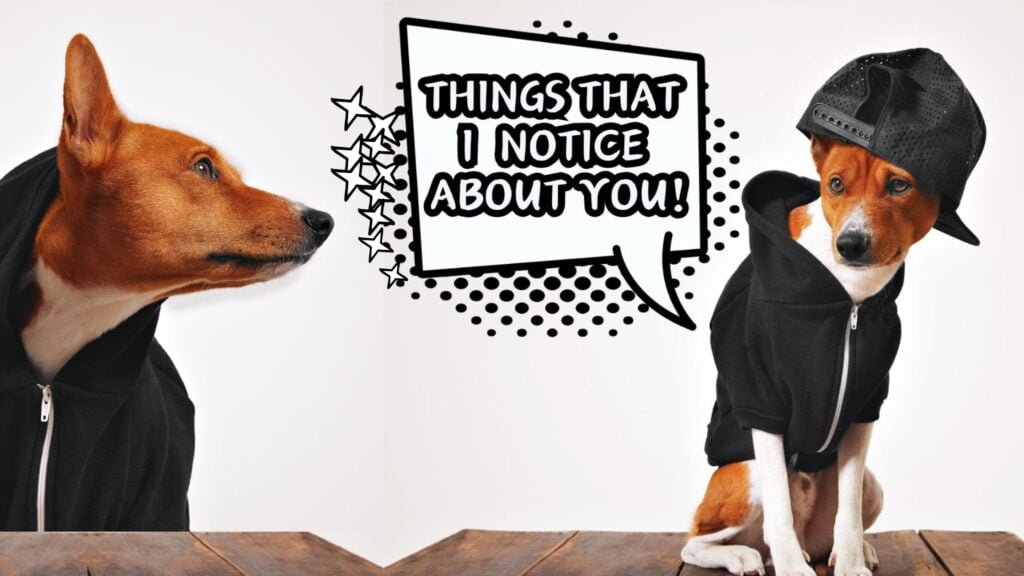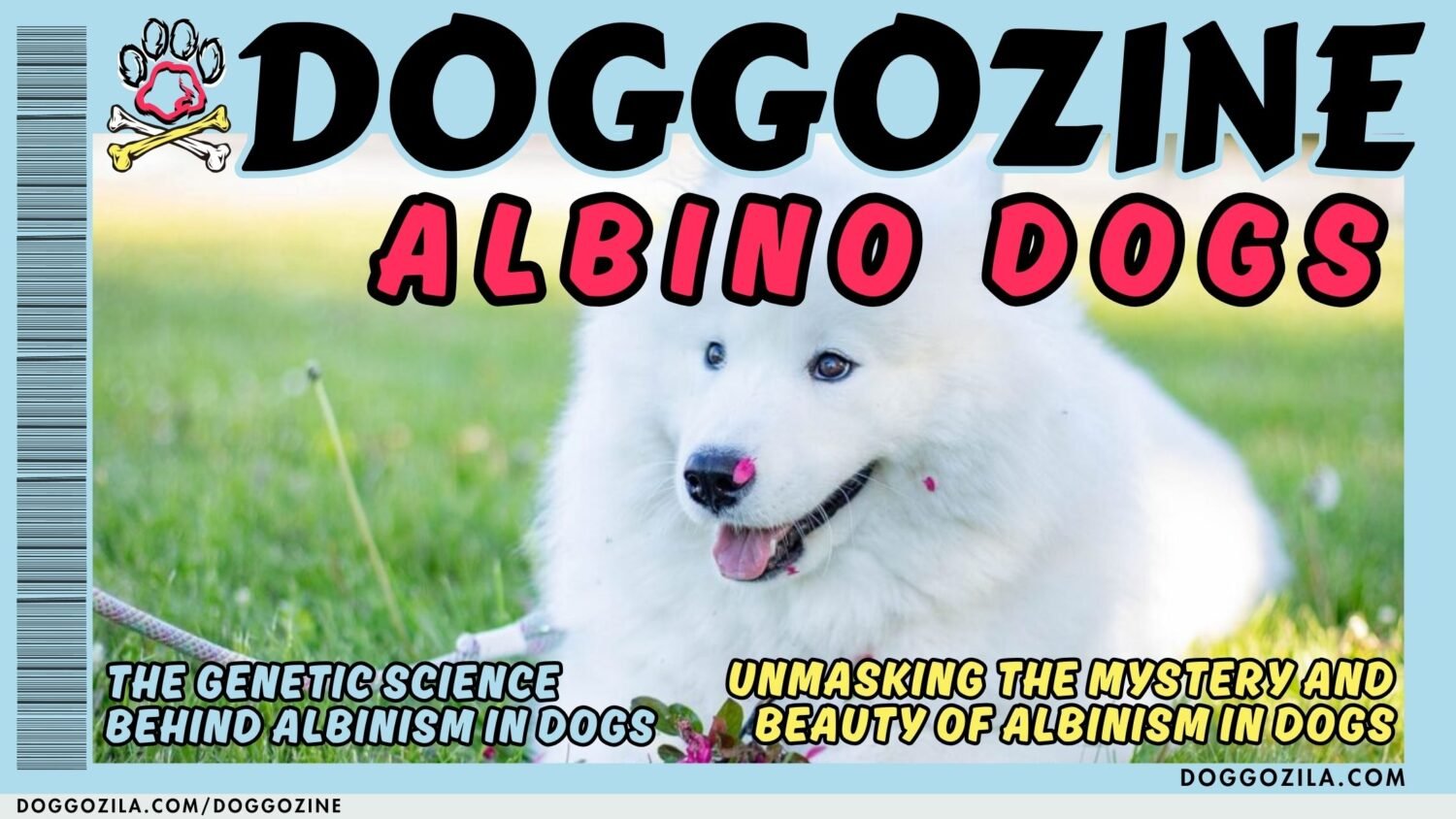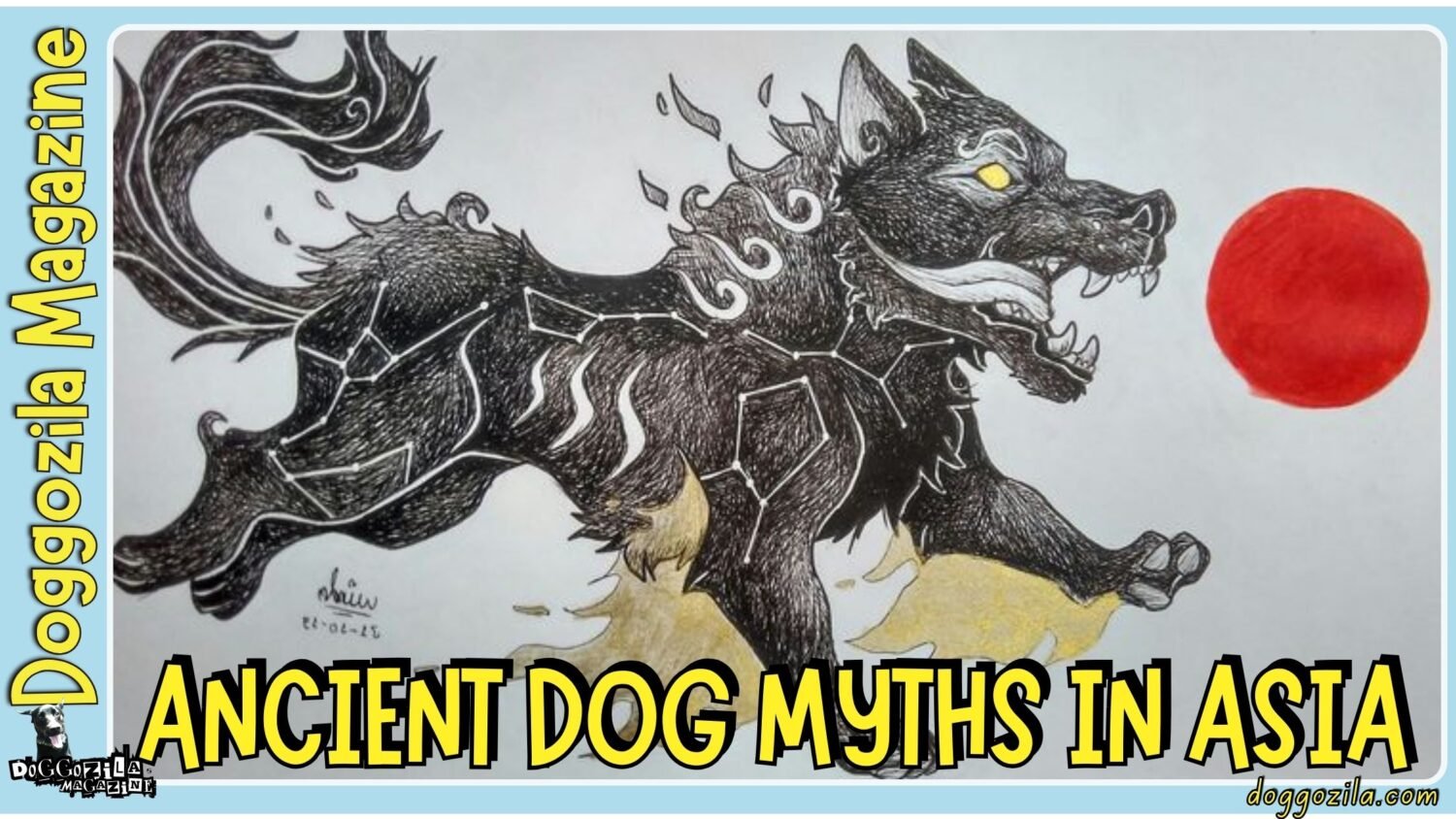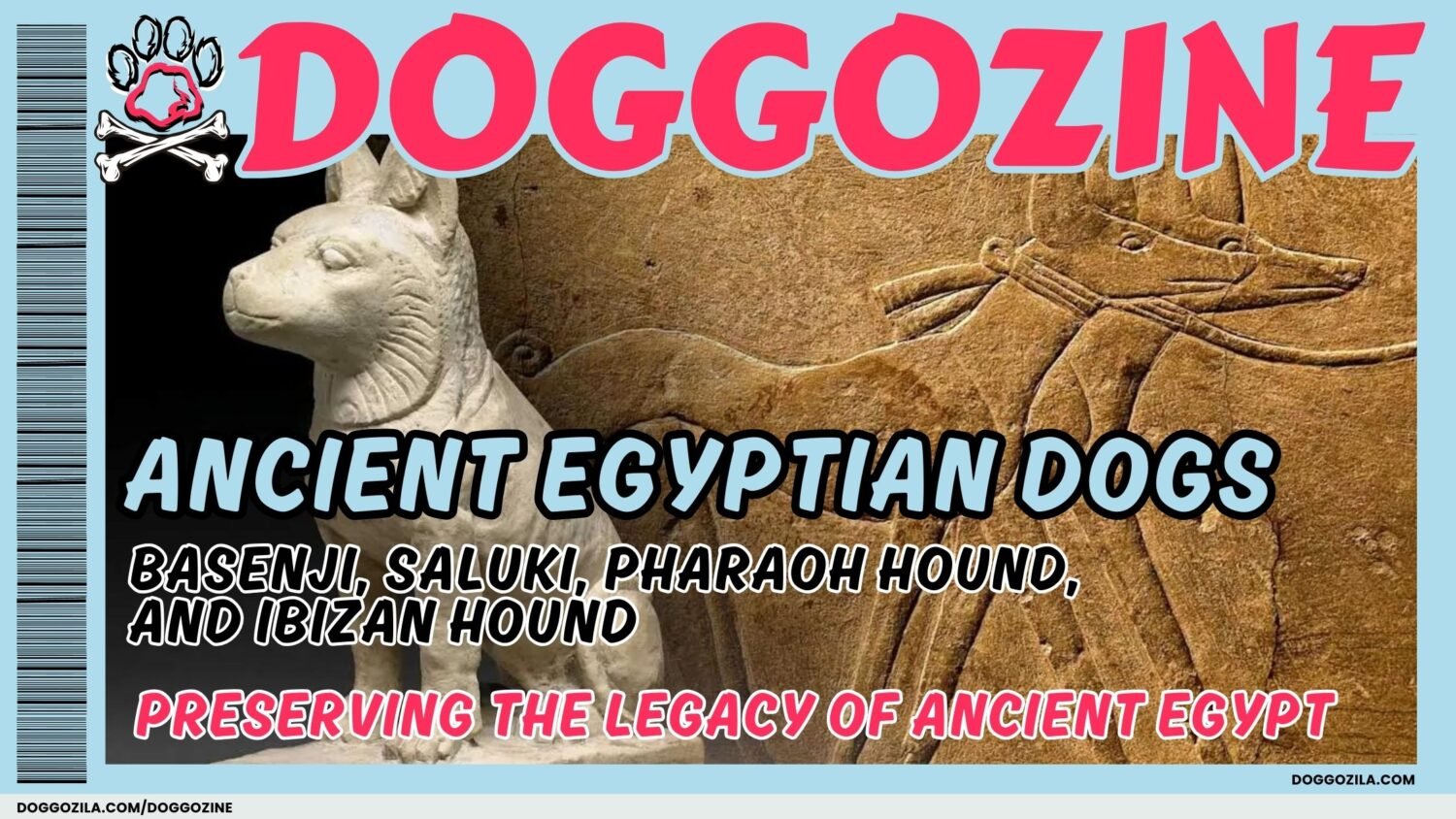Dogs have been our loyal companions for thousands of years, yet their inner thoughts remain a fascinating mystery. What do dogs think about? Do they dream, plan, or reflect on their day? While we can’t ask them directly, scientific research and observations of canine behavior provide intriguing insights into the canine mind.
In this article, we’ll explore what dogs think about, how their brains work, and what their behaviors reveal about their thoughts. From their daily routines to their emotional lives, we’ll dive deep into the world of canine cognition.
Whether you’re a curious dog owner or simply fascinated by animal behavior, this guide will help you better understand what goes on inside your dog’s head. By the end, you’ll have a clearer picture of what dogs think about and how they perceive the world around them.
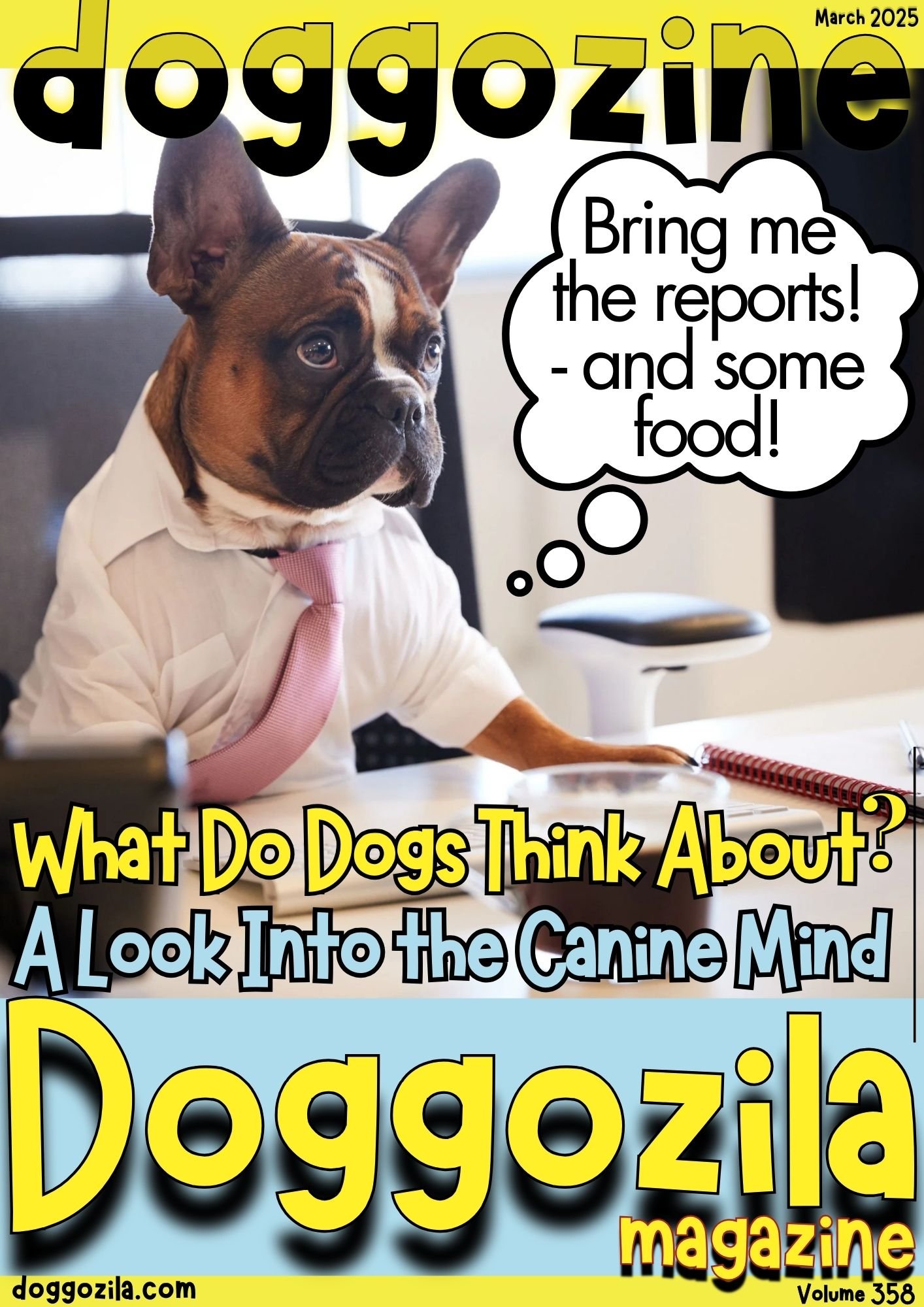
THE CANINE BRAIN: HOW DOGS PROCESS THE WORLD AND WHAT THEY THINK ABOUT
To understand what dogs think about, we first need to explore how their brains work. Dogs may not think in the same way humans do, but their brains are remarkably complex and capable of processing a wide range of information. Their thoughts are shaped by their instincts, senses, and experiences, offering a unique window into their inner world.
The Structure of a Dog’s Brain: What Makes Them Tick
A dog’s brain is smaller than a human’s, but it shares many similarities in structure and function. The canine brain has regions dedicated to processing sensory information, emotions, and memory. For example, the olfactory bulb, which processes smells, is highly developed in dogs, allowing them to interpret scents in ways humans can’t imagine.
This plays a significant role in what dogs think about, as their world is largely shaped by their sense of smell. Additionally, the limbic system, which governs emotions, is well-developed in pups, meaning their thoughts are often tied to how they feel. Understanding the structure of a dog’s brain helps us decode what dogs think about and why they behave the way they do.
Understanding a dog’s mental capacities not only enriches the bond between humans and their canine companions but also enhances our ability to interpret their behaviors and emotions. By recognizing that pups possess complex cognitive processes, owners can better respond to their pets’ needs and expectations. This comprehension serves as a fundamental premise for dog owners to foster positive interactions and training methods, ultimately leading to a harmonious relationship based on mutual understanding.
How Dogs Perceive Their Environment: A Sensory Adventure
All pups experience the world through their senses, particularly smell, hearing, and sight. Their thoughts are often driven by sensory input, such as the scent of food, the sound of a doorbell, or the sight of a familiar face. This means that what dogs think about is closely tied to their immediate surroundings and the stimuli they encounter.
For instance, a dog might focus on the smell of a treat in your pocket or the sound of another dog barking nearby. Their ability to detect subtle changes in their environment, like a new piece of furniture or a visitor’s scent, also influences what dogs think about. This heightened sensory awareness makes their thoughts incredibly dynamic and responsive to their surroundings.
Furthermore, dogs are adept at perceiving their environment differently than humans. Their sense of smell, vastly superior to ours, plays a crucial role in how they interpret events and relationships. Approximately 220 million scent receptors in a dog’s nose allow them to detect pheromones and other subtle environmental cues, making olfactory processing a fundamental part of their cognitive framework.
The Role of Instinct in Canine Thoughts: Hardwired for Action
Instinct plays a significant role in what dogs think about. Behaviors like chasing, digging, and herding are hardwired into their brains, influencing their thoughts and actions. These instincts are remnants of their ancestors’ survival strategies and continue to shape how dogs interact with the world.
For example, a herding breed like a Border Collie might constantly think about moving objects or people, driven by their innate desire to herd. Similarly, a hunting breed like a Beagle may focus on tracking scents, as their thoughts are guided by their instinct to hunt. In contrast, dog breeds like the Bulldog may display a more laid-back nature, which can result in a lower response rate to the world around them.
This variability is not merely anecdotal; research indicates that certain breeds possess innate cognitive skills tailored to their historical roles, whether as herders, hunters, or companions. Understanding these instincts helps us better interpret what dogs think about and why they engage in certain behaviors.
Dogs Do Think as a Response of Their Experience About the World
The canine brain is an intricate organ, comprising various structures that influence how or what do dogs think, feel, and interact with their surroundings. While similar in some respects to the human brain, notable differences in structure and function underscore the unique cognitive processes of dogs.
For instance, the cerebral cortex, responsible for higher-level functions such as thought and decision-making, is significantly less developed in dogs compared to humans. This aspect of neuroanatomy reflects the evolutionary adaptations of canines, primarily shaped by their roles as hunters and social animals.
Moreover, dogs possess a highly developed limbic system, which is crucial for emotional processing. This suggests that canines experience a range of emotions similar to humans, albeit through a distinct lens. The presence of certain neurotransmitters that influence mood and behavior indicates that dogs can experience joy, fear, and sadness. Their cognition largely focuses on immediate stimuli and survival needs.
🔑 Key Points: Understanding the canine brain reveals significant differences in how dogs process information and emotions compared to humans. This insight into dog cognition can enhance our relationships with them and foster a deeper appreciation for their unique perspectives on the world around them.

DAILY THOUGHTS: WHAT DO DOGS THINK ABOUT DURING THEIR ROUTINE?
Dogs thrive on routine, and their daily activities offer clues about what they think about. From mealtime to playtime, their thoughts are often focused on their immediate needs and desires. By observing their behavior, we can gain insights into what dogs think about as they go about their day.
Food and Hunger: The Ultimate Obsession
One of the most common things dogs think about is food. Whether it’s the anticipation of mealtime or the scent of a treat, food is a major focus for most dogs. Their thoughts may revolve around where their next meal is coming from or how to convince their owner to share a snack.
This is why dogs often stare at you while you eat or follow you to the kitchen—they’re thinking about food! Additionally, dogs may think about the taste and texture of their favorite treats, as well as the joy they feel when rewarded. Food is not just a necessity for dogs; it’s a source of happiness and motivation, making it a central part of what dogs think about.
Play and Social Interaction: The Joy of Connection
Play is another key aspect of what dogs think about. Dogs are social animals, and they often think about interacting with their owners, other dogs, or even their toys. Playtime provides mental stimulation and strengthens bonds, making it a priority in their thoughts.
Whether it’s chasing a ball or wrestling with a fellow pup, dogs are constantly thinking about how to engage and have fun. They may also think about the rules of play, such as taking turns or signaling when they’ve had enough. Play is not just a physical activity for dogs; it’s a way for them to express themselves and connect with others, which is why it occupies so much of their thoughts.
Engaging in various types of play allows dogs to explore their environment, learn essential life skills, and establish strong social connections. Social play with other dogs, often observed in parks and social gatherings, not only promotes physical fitness but also nurtures important behavioral skills such as communication, bite inhibition, and conflict resolution. Through interactions with their canine peers, dogs learn the nuances of social hierarchies and develop their understanding of non-verbal cues.
Rest and Relaxation: Chilling Out, Dog-Style
After a busy day, dogs also think about rest and relaxation. They may seek out a comfortable spot to nap or curl up next to their favorite person. Their thoughts during these moments are likely focused on feeling safe and content. This is why dogs often choose cozy, familiar places to rest—they’re thinking about comfort and security.
Additionally, dogs may think about the events of the day, replaying moments of play or interaction in their minds. Rest is essential for a dog’s well-being, and their thoughts during this time reflect their need for peace and rejuvenation.
🔑 Key Points: Daily routines, including feeding times, exercise schedules, and play sessions, also profoundly influence a dog’s thoughts. Overall, a well-structured, nurturing environment is pivotal for maintaining a dog’s mental health and enhancing their quality of life.
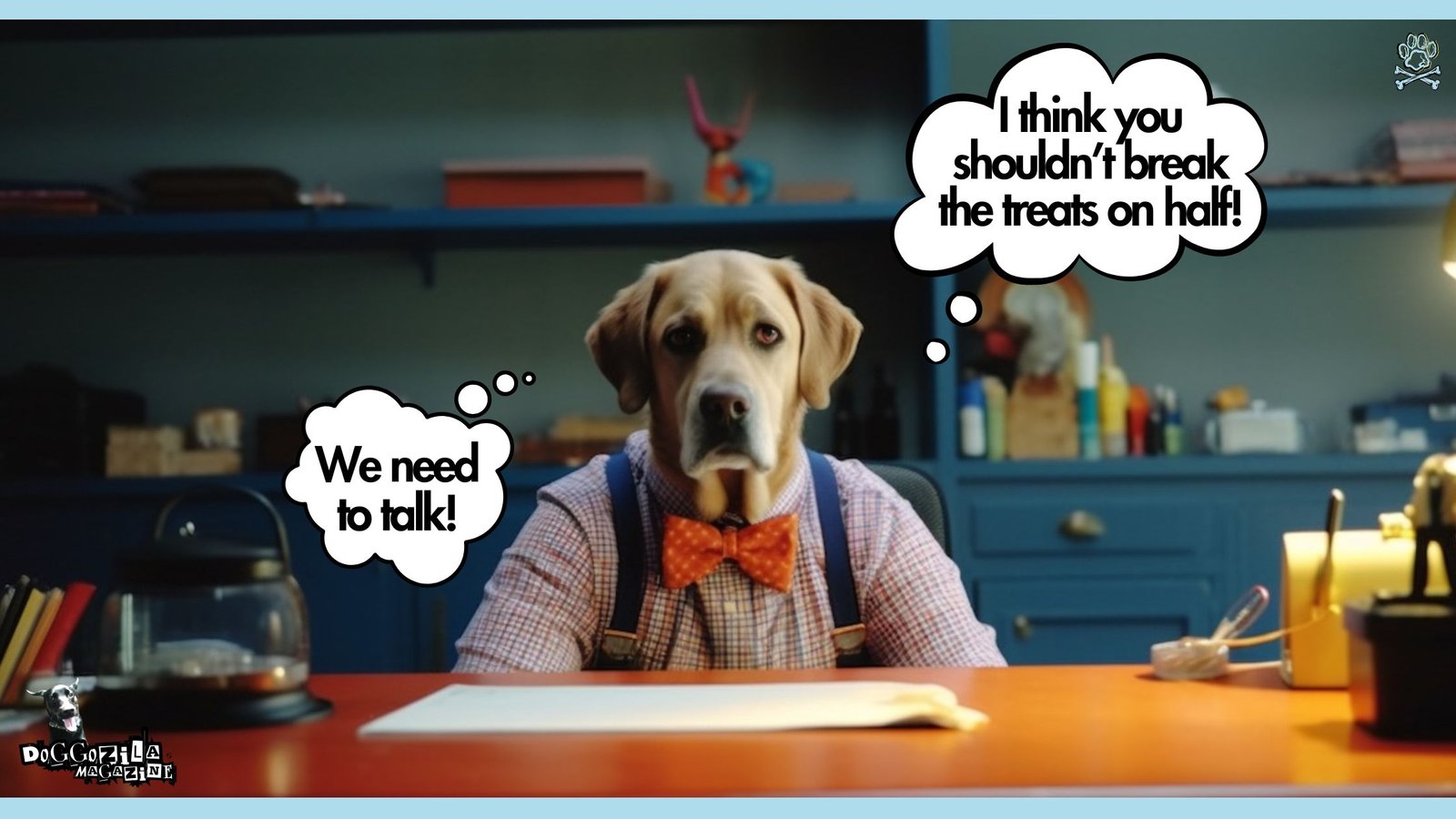
EMOTIONAL THOUGHTS: WHAT DO DOGS THINK ABOUT WHEN THEY FEEL?
Dogs experience a wide range of emotions, from joy and excitement to fear and anxiety. Understanding their emotional thoughts can help us better connect with and care for them. What dogs think about when they feel is often tied to their experiences and relationships, offering a glimpse into their inner world.
Happiness and Excitement: Living Their Best Life
When dogs are happy, their thoughts are often focused on the things that bring them joy, such as playtime, treats, or spending time with their favorite people. You can see this in their wagging tails, bright eyes, and enthusiastic behavior.
What dogs think about during these moments is likely centered on the positive experiences they’re enjoying. They may also think about the anticipation of future fun, like a walk in the park or a game of fetch. Happiness is a powerful emotion for dogs, and their thoughts during these times reflect their love of life and their bond with their owners.
Joy, often displayed through tail wagging, playful behavior, and an eagerness to engage with humans and other animals, indicates a state of contentment and security. When a dog feels joyful, it is likely to exhibit a higher level of social interaction and a willingness to learn, reinforcing positive behaviors and enhancing the human-animal bond.
Fear and Anxiety: Navigating the Scary Stuff
Fear and anxiety also play a role in what dogs think about. Loud noises, unfamiliar environments, or separation from their owners can trigger anxious thoughts. Dogs may think about how to escape a scary situation or seek comfort from their trusted humans. Understanding these thoughts can help us provide reassurance and create a sense of safety for our dogs.
For example, a dog afraid of thunderstorms may think about finding a hiding spot or staying close to their owner. By recognizing these thought patterns, we can help our dogs feel more secure and less anxious. Fear can manifest in various ways, such as hiding, growling, or cowering. Fearful dogs may become defensive and experience altered thought patterns that inhibit their ability to respond to commands or social cues.
Anxiety can further complicate this emotional landscape, often characterized by behaviors like pacing, whining, or destructive actions. These emotional states can create barriers that hinder a dog’s ability to think clearly, significantly impacting its ability to function in different environments.
Love and Attachment: The Heart of a Dog’s Thoughts
Dogs form strong emotional bonds with their owners, and their thoughts often revolve around these relationships. They may think about where their owner is, when they’ll return, or how to show affection. This deep attachment is why dogs are often called “man’s best friend.”
Their thoughts are filled with love and loyalty, making them incredibly devoted companions. Dogs may also think about the ways they can please their owners, whether through obedience, cuddles, or playful antics. This desire to connect and bond is a central part of what dogs think about, shaping their behavior and interactions.
The connection between a dog’s emotions and its thinking is evident in how these feelings affect cognition. For instance, a dog overwhelmed by fear may struggle to learn new commands or exhibit behaviors contrary to its usual temperament.
This highlights the importance of fostering emotional well-being for dogs. By recognizing and addressing their emotional state, owners can help to create a supportive environment that allows their pets to thrive mentally and emotionally.
🔑 Key Points: Dog emotions play a pivotal role in shaping their thoughts and behaviors. An understanding of these emotional indicators is essential for nurturing a positive relationship with canine companions and enhancing their overall mental health.

PROBLEM-SOLVING: WHAT DO DOGS THINK ABOUT WHEN THEY’RE FIGURING THINGS OUT?
Dogs are intelligent animals capable of solving problems and learning new tasks. Their thoughts during these moments reveal their cognitive abilities and curiosity. What dogs think about when they’re solving problems often involves a mix of instinct, memory, and creativity.
Learning New Commands: The Art of Doggy Training
When dogs are learning new commands, their thoughts are focused on understanding what’s being asked of them and how to respond. They may think about the rewards they’ll receive for getting it right or the tone of their owner’s voice. This process involves memory, attention, and motivation, all of which play a role in what dogs think about during training.
Dogs may also think about the connection between their actions and the consequences, such as earning a treat or receiving praise. This ability to learn and adapt is a testament to their intelligence and problem-solving skills. You can see this when you practice with your dogs and the required training sessions. Basic commands such as sit, stay, and heel are foundational! After learning them, progressively incorporate more complex tricks that can further challenge your dog’s cognitive abilities.
This practice not only stimulates mental growth but also strengthens the bond between you and your pet. Dogs often feel more secure when they understand expectations and boundaries. Moreover, scent games tap into a dog’s natural instincts. Activities like hiding treats around the house or in the yard can create a stimulating environment where pups engage their sense of smell.
This not only entertains them but also encourages natural behaviors, helping them feel more fulfilled. Another captivating option includes agility training, which combines physical and mental challenges. Setting up a small obstacle course can promote both physical fitness and mental sharpness.
Navigating Challenges: The Puzzle-Solving Pup
Dogs also think about how to overcome challenges, such as finding a way to reach a treat or escape a confined space. Their problem-solving skills are often driven by curiosity and a desire for rewards. For example, a dog might think about how to open a door or dig under a fence to explore the world beyond.
These moments of problem-solving reveal what dogs think about when faced with obstacles and how they use their instincts and intelligence to find solutions. It’s fascinating to watch a dog work through a challenge, as their thoughts are clearly focused on achieving their goal.
Puzzle toys and treat-dispensing devices offer a stimulating way for pups to utilize their problem-solving skills, effectively keeping them engaged. Rotating these toys regularly can prevent monotony and ensure that your dog remains curious and excited.
Observing and Mimicking: The Copycat Canine
Dogs are keen observers and often think about how to mimic the behaviors of other pups or humans. This ability to learn by watching is a key part of their cognitive development. Whether it’s copying another dog’s play style or imitating their owner’s actions, dogs are constantly thinking about how to adapt and learn.
For example, a dog might observe their owner opening a door and then try to do the same with their paws. This observational learning is a testament to what dogs think about when they’re trying to understand and navigate their environment.
🔑 Key Points: In essence, diversifying activities not only enriches a dog’s life but also allows them to better process their experiences, making it imperative for pet owners to invest time in thoughtful engagement.
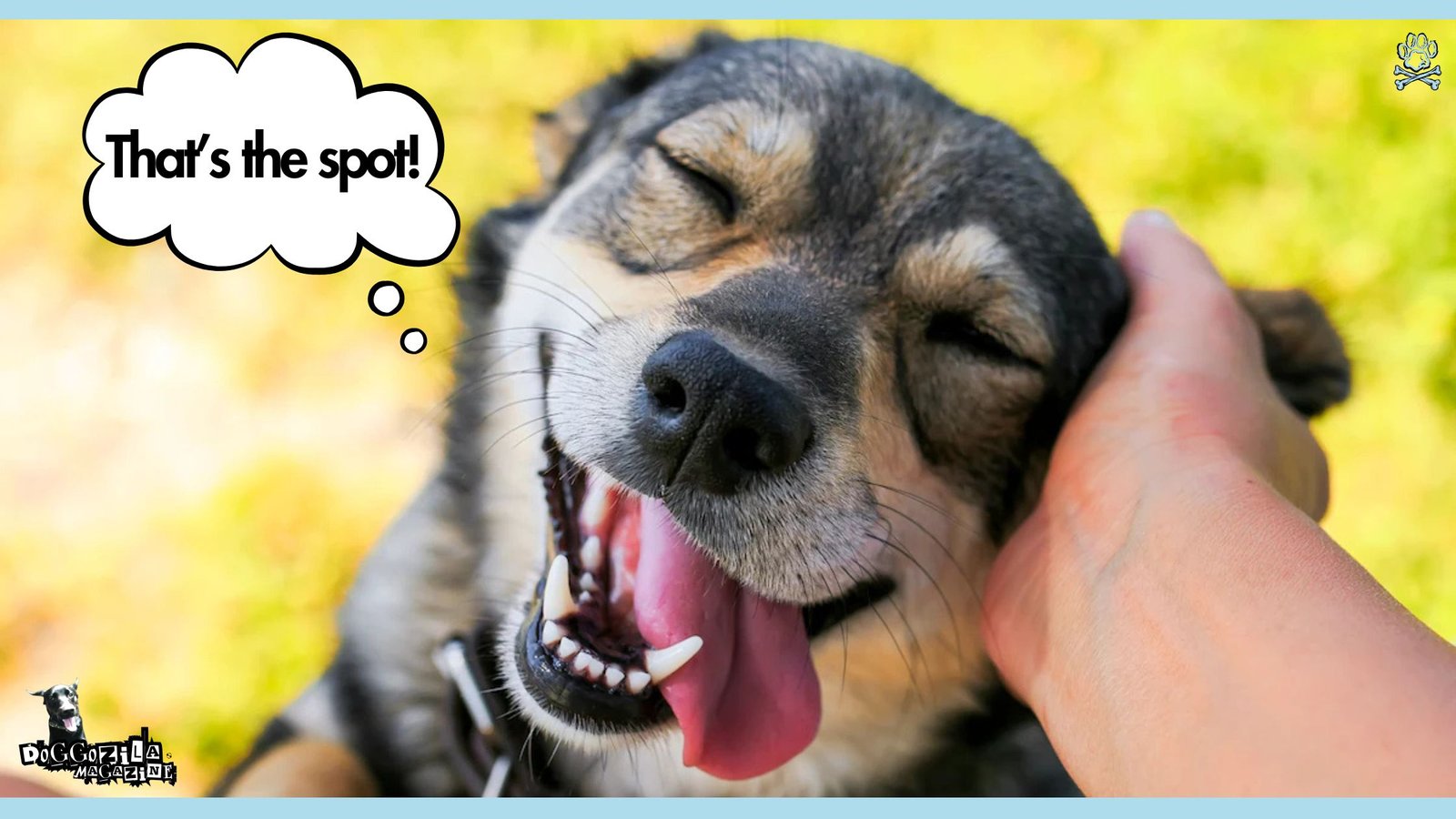
DREAMS AND IMAGINATION: WHAT DO DOGS THINK ABOUT WHILE SLEEPING?
Dogs spend a significant amount of time sleeping, and their dreams offer a glimpse into their subconscious thoughts. What dogs think about while sleeping is often a reflection of their daily experiences and emotions, providing a fascinating window into their inner world.
Do Dogs Dream? The Mystery of Canine Sleep
Research suggests that dogs do dream, and their dreams may reflect their daily experiences. What dogs think about while dreaming could include chasing a ball, playing with other dogs, or exploring new environments.
You might notice your dog twitching, barking, or moving their paws while asleep—these are signs that they’re dreaming. These dreams are thought to help dogs process and consolidate their memories, much like humans do. It’s a reminder that even while asleep, dogs are actively thinking about their experiences.
The Role of Memory in Dreams: Reliving the Day
Dreams are closely tied to memory, so what dogs think about while dreaming is likely influenced by their recent activities. For example, a dog who spent the day at the park might dream about running through the grass or meeting new friends.
These dreams help dogs process and consolidate their memories, making them an important part of their cognitive function. By observing your dog’s sleep behavior, you can get a sense of what they’re thinking about and how their dreams reflect their daily lives.
The Emotional Content of Dreams: Happy Pups, Happy Dreams
Dreams can also reflect a dog’s emotions. A happy dog might dream about joyful experiences, while an anxious dog might have unsettling dreams. Understanding the emotional content of dreams can provide insights into what dogs think about and how they process their feelings.
For example, a dog who dreams of chasing a ball may be reliving a fun moment from their day, while a dog who whimpers in their sleep may be processing a stressful experience. These dreams offer a unique glimpse into the emotional lives of dogs.
🔑 Key Points: We can observe the vivid nature of dog’s thoughts when they sleep deep and dream. This could tell us about the role of their memory in dreams and if they are content with their daily routines.
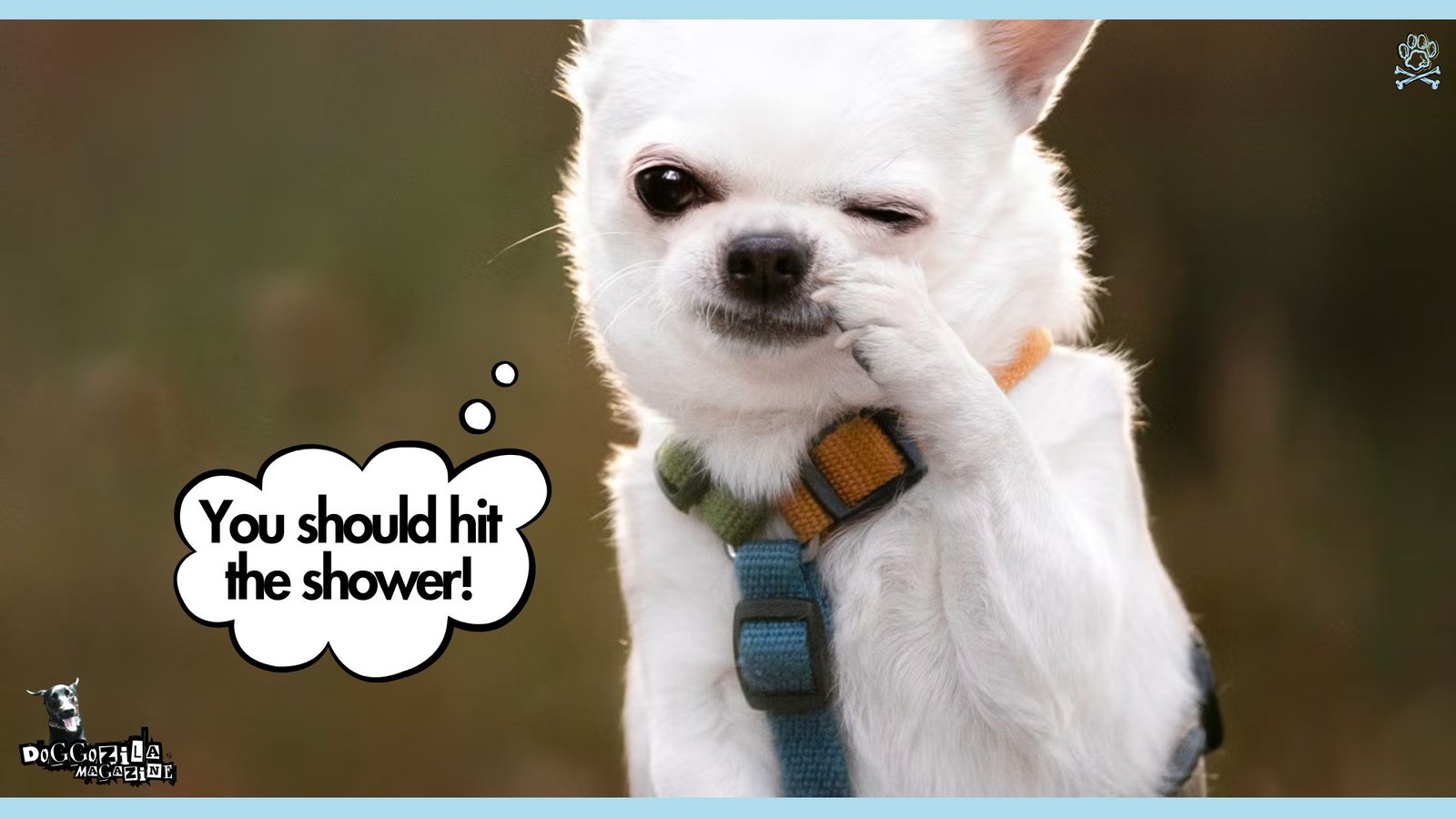
COMMUNICATION: WHAT DO DOGS THINK ABOUT WHEN THEY “TALK” TO US?
Dogs communicate with us through barks, whines, body language, and facial expressions. Their thoughts during these interactions reveal their intentions and emotions. What dogs think about when they communicate is often tied to their immediate needs or desires, making it an essential part of their daily lives.
Barking and Vocalizations: The Language of Woofs
When dogs bark, their thoughts are often focused on conveying a message. They might be thinking about alerting you to a stranger, expressing excitement, or seeking attention. Understanding the context of their barks can help us decode what dogs think about during these moments.
For example, a high-pitched bark may indicate excitement, while a low growl may signal warning or discomfort. By paying attention to these vocalizations, we can better understand what dogs think about and how they’re feeling.
Owners need to pay attention to the tone and frequency of these vocalizations. Each sound can reveal various aspects of a dog’s mood or intention, along with the context in which it occurs.
Body Language and Gestures: The Silent Conversation
Dogs use body language to communicate their thoughts and feelings. A wagging tail, raised hackles, or a playful bow all convey different messages. What dogs think about when using these gestures is often tied to their immediate needs or emotions, such as wanting to play or feeling threatened.
For example, a dog who wags their tail while approaching another dog may be thinking about making a new friend, while a dog who tucks their tail may be feeling scared or submissive. Understanding these signals helps us interpret what dogs think about and respond appropriately.
Some dogs might display relaxed muscles when calm but tense postures when they feel threatened. A dog’s facial expressions also contribute to communication. Raised eyebrows, an open mouth, and relaxed ears often indicate contentment. While a stiff stance with direct eye contact might signify discomfort or aggression.
Eye Contact and Facial Expressions: The Power of the Pup Stare
Eye contact and facial expressions are powerful tools for communication. When dogs make eye contact with us, they may be thinking about seeking reassurance, expressing affection, or trying to understand our emotions. Their ability to read and respond to our facial expressions shows how attuned they are to our thoughts and feelings.
For example, a dog who tilts their head while looking at you may be thinking about trying to understand what you’re saying or feeling. This connection through eye contact and facial expressions is a key part of what dogs think about when they interact with us.
🔑 Key Points: Dog owners should observe their dog in various scenarios in order to interpret their messages accurately. Each dog may have unique signals and behaviors shaped by their personality and experiences. By developing a deeper understanding of canine communication, you can respond appropriately to your pet’s needs.
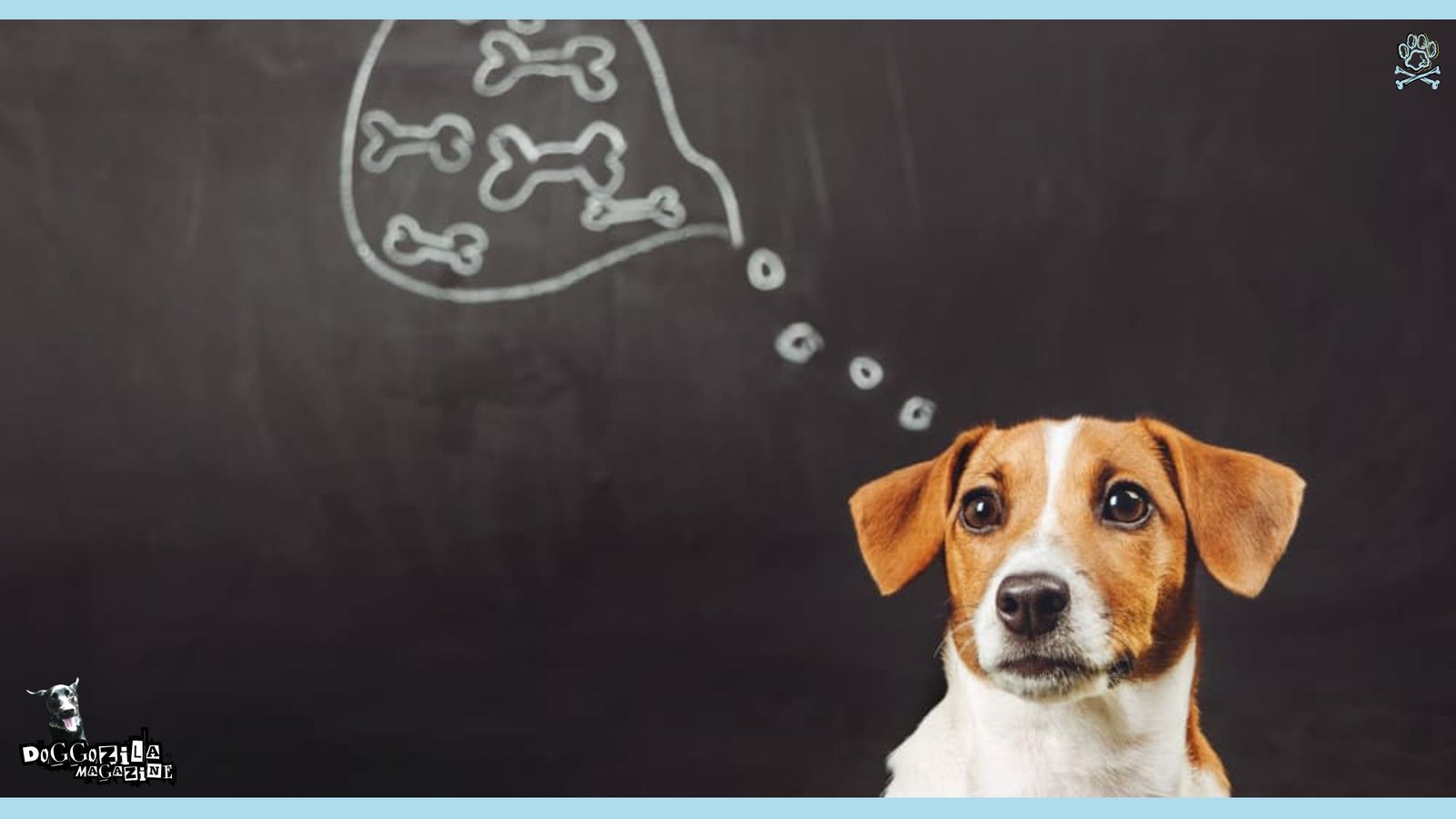
THE FUTURE OF CANINE COGNITION: WHAT DO DOGS THINK ABOUT AS THEY AGE?
As dogs age, their thoughts and cognitive abilities may change. Understanding these changes can help us provide better care for our senior dogs. What dogs think about as they age often shifts to focus on comfort, familiarity, and their bond with their owners.
Cognitive Decline in Older Dogs: The Aging Mind
The study of dog cognition delves into the way dogs process information and perceive their surroundings. Understanding how dogs think and what do they think about involves recognizing their unique sensory abilities, predominantly their exceptional sense of smell and acute hearing.
These sensory powers significantly influence how dogs interpret their environment and make decisions based on the stimuli they encounter. This insight into dog cognition can enhance our relationships with them and foster a deeper appreciation for their unique perspectives on the world around them.
Older dogs may experience cognitive decline, affecting their memory, problem-solving skills, and behavior. What dogs think about as they age may become more focused on comfort and familiarity. They might think about where they are, who their owner is, or how to navigate their environment.
For example, a senior dog may spend more time thinking about finding their favorite resting spot or staying close to their owner for reassurance. Recognizing these changes in thought patterns can help us provide the support and care our aging dogs need.
Maintaining Mental Stimulation: Keeping the Brain Sharp
Keeping older dogs mentally stimulated is crucial for their cognitive health. Activities like puzzle toys, gentle training, and social interaction can help keep their minds active. What dogs think about during these activities is often centered on curiosity and engagement, which can slow the progression of cognitive decline.
For example, a senior dog who enjoys a treat-dispensing toy may think about how to solve the puzzle and access the reward. These activities not only keep their minds sharp but also provide a sense of accomplishment and joy. Social interactions may also play a fundamental role in some older dogs. Positive interactions can stimulate cognitive function and emotional health, fostering better thoughts and behaviors.
The Role of Love and Care: The Golden Years
As dogs age, their thoughts may increasingly revolve around their bond with their owner. Providing love, comfort, and reassurance can help senior dogs feel secure and content. Understanding what dogs think about in their golden years allows us to meet their needs and ensure their well-being.
For example, an older dog may think about the comfort of a warm bed or the joy of a gentle pat on the head. By focusing on their emotional and physical needs, we can help our senior dogs age gracefully and happily.
Our Final Takeaway
Hopefully this article provide you with a comprehensive and engaging look at what do dogs think about and much more. All of the combining scientific research, real-life examples, and practical insights should guided you to the answer. Remember that exploring the canine mind in depth should come naturally to all dog owners.
We are observing them every day, when they eat, when they play or when they show their antics. So, use all that time to learn about your furry friend! Be patient and after some time you will recognize what they are thinking and what they are telling to us! When this happens, you will have deeper understanding for these silly creatures called dogs.
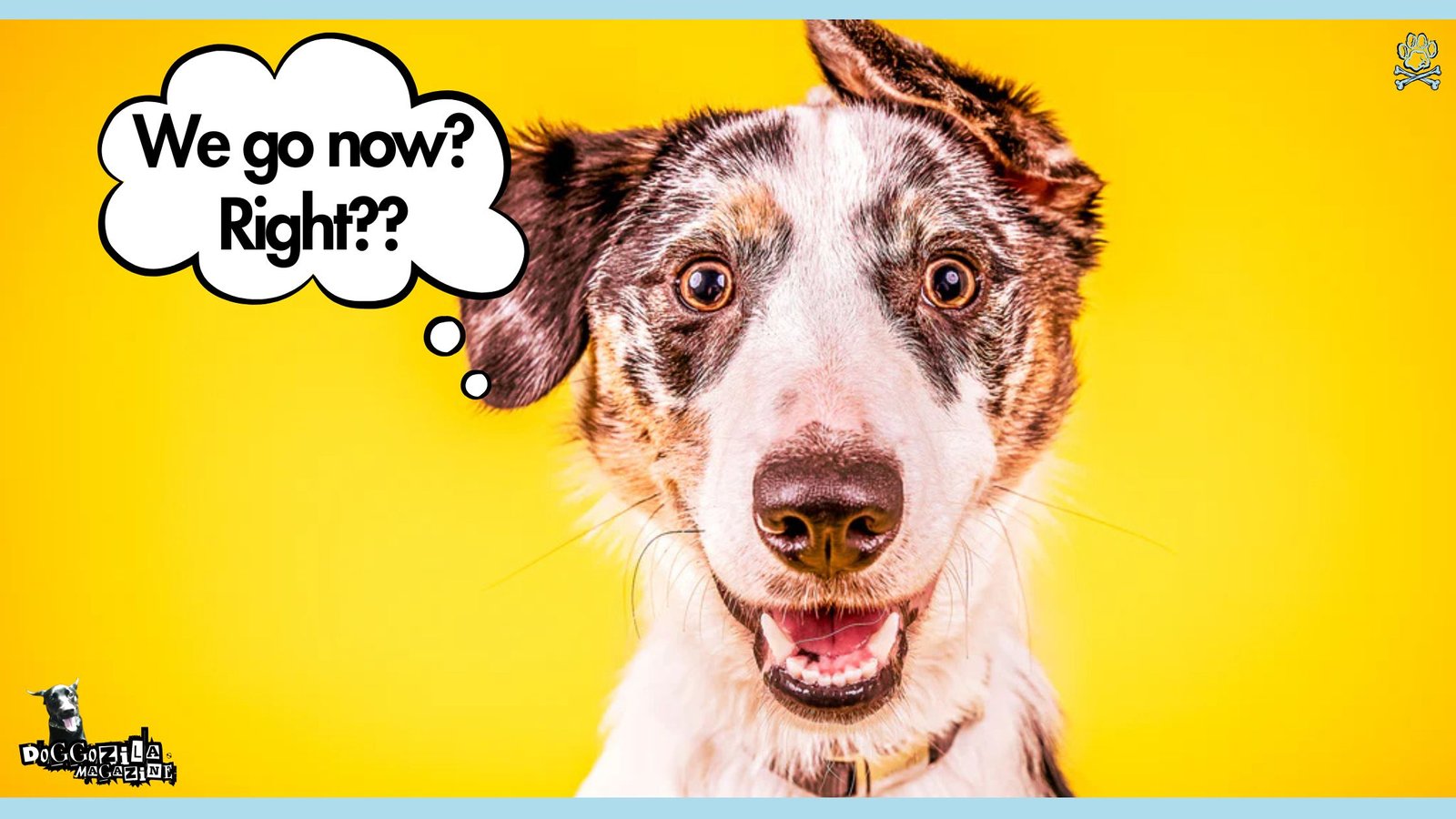
Create invisible fence in your yard or around your house to prevent your dog running away, get stolen or hurt
and track his position at all times with Radio Fence products, see and click the banner below!
Advertisement from our sponsor


